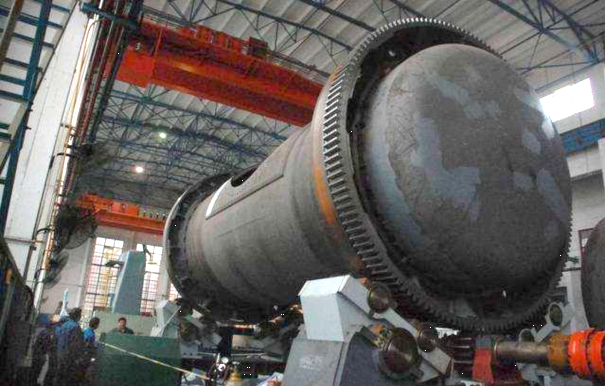
- Home
- Industry News
- Industry News
Converter for SmeltingCopper
At present, the main equipment for smelting copper matte into blister copper is converter. The working conditions of the converter are bad: the melt is vigorously stirred by high-pressure air (or oxygen-enriched air), and the furnace lining is violently scoured. The temperature can reach above 1350 ℃, and when the air is stopped for feeding (copper matte, flux, cold material) and slag pouring, the furnace temperature rapidly drops to 1000 ℃ or even lower, and the properties of the slag change continuously during the smelting process, gradually changing from weak alkaline. It is acidic, so it puts forward high requirements for refractory materials.

The converter tuyere bricks and the bricks in the tuyere area are the most seriously damaged parts of the converter lining. For the integrity of the tuyere and the accuracy of the position of the tuyere, the tuyere bricks are currently made of solid bricks as a whole, and then the air holes are drilled with a special drill bit. Electrofusion re-bonded magnesia-chrome bricks or direct-bonded magnesia-chrome bricks. The tuyere area also uses the above materials. The cylinder and end walls are made of high-quality sintered magnesia bricks in the slag line. Bricklaying at the furnace mouth is the weakest part of the structure, especially the junction of the furnace mouth and the circular cylinder. , The exhaust channel, the process operation is very frequent, the temperature changes frequently, the copper slag splashes, and the flue gas is washed. The collision and wear of the furnace mouth cleaning machinery, the erosion of CuS2 and SO2 are very serious, and the working conditions of the inner lining are extremely bad. For this reason, measures should be taken on the structure to minimize the brick type and the weak links in the structure. In terms of material selection, all directly combined magnesia-chrome bricks are used to improve the overall life of the furnace body.


